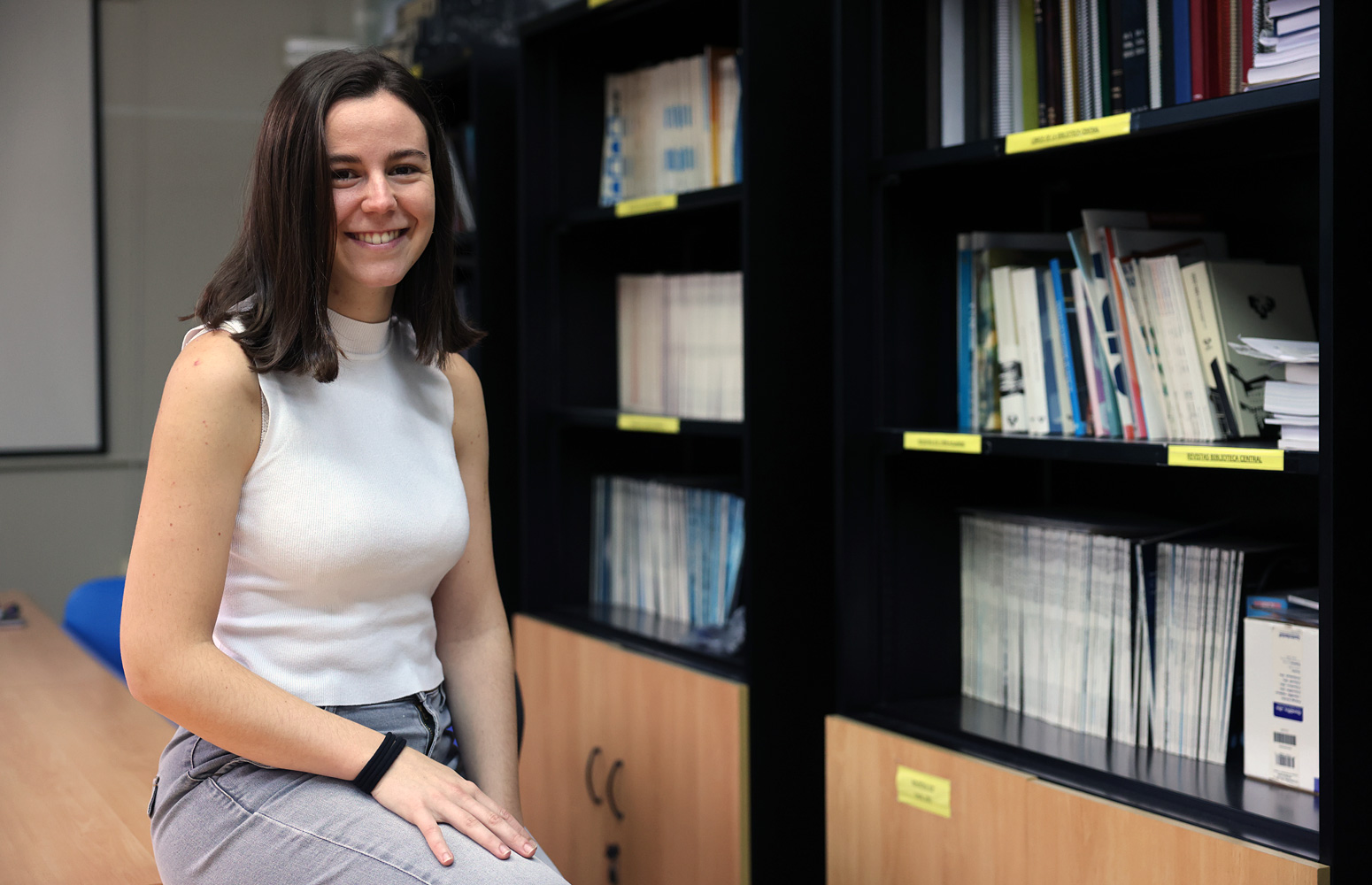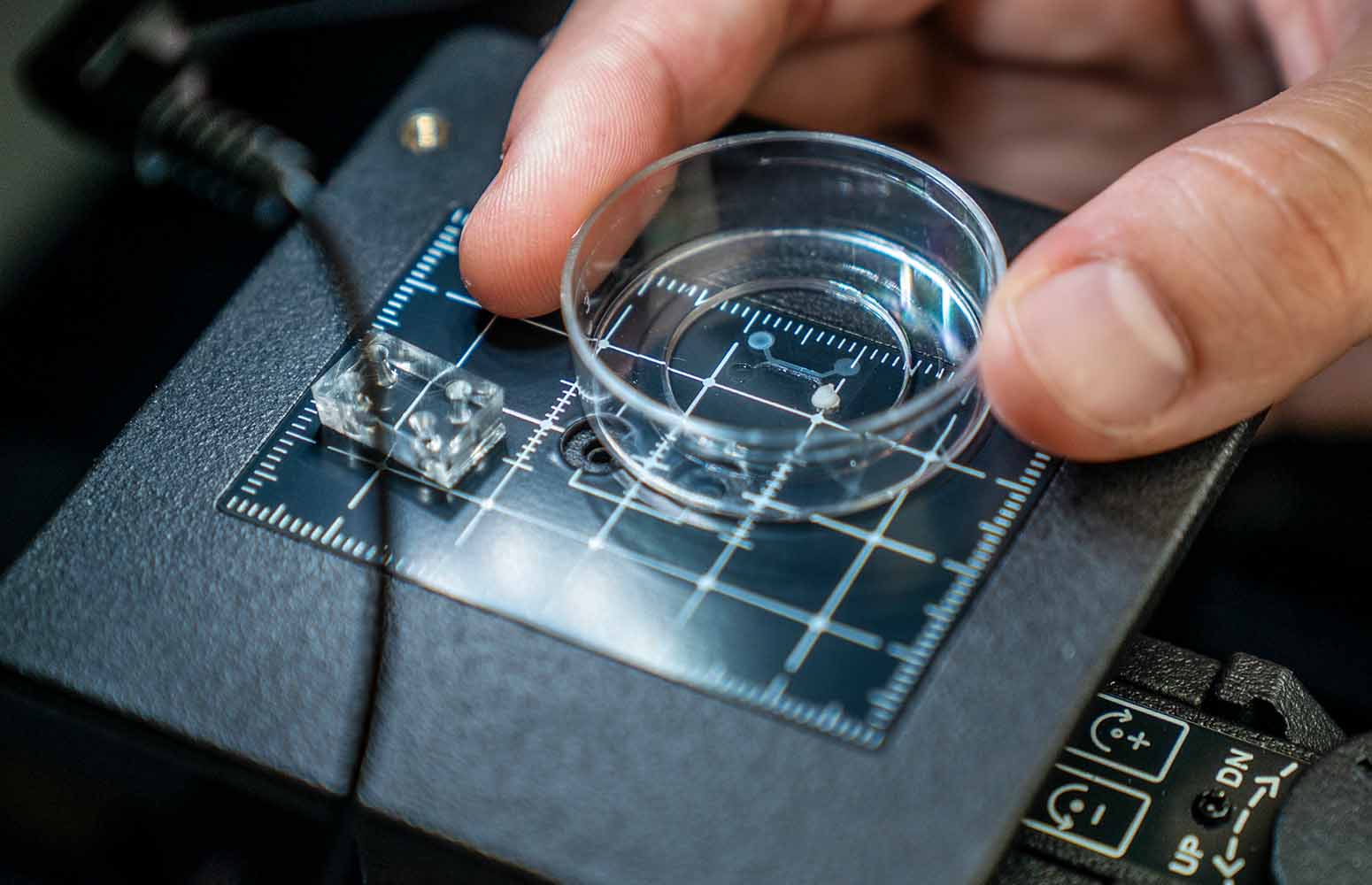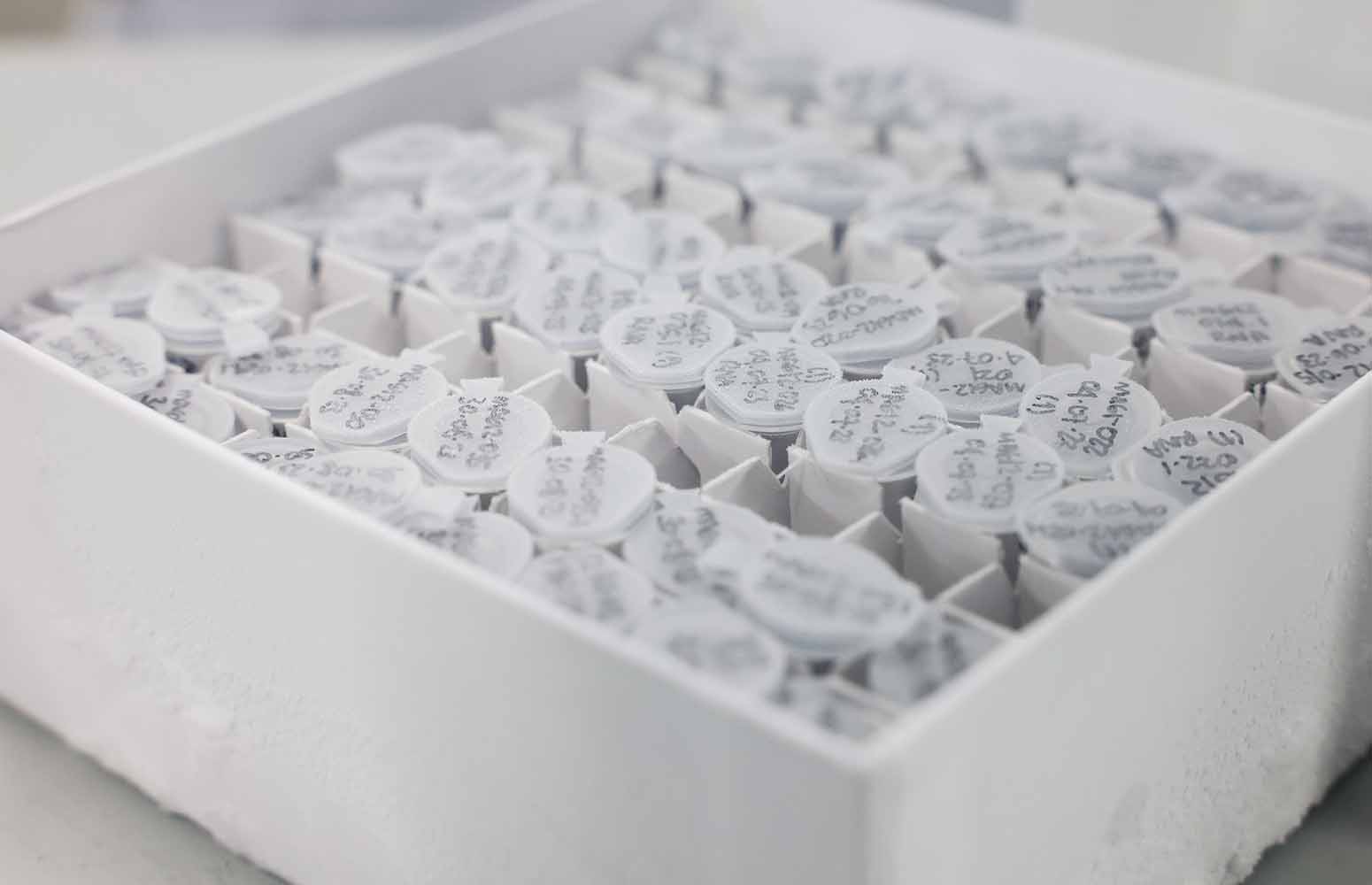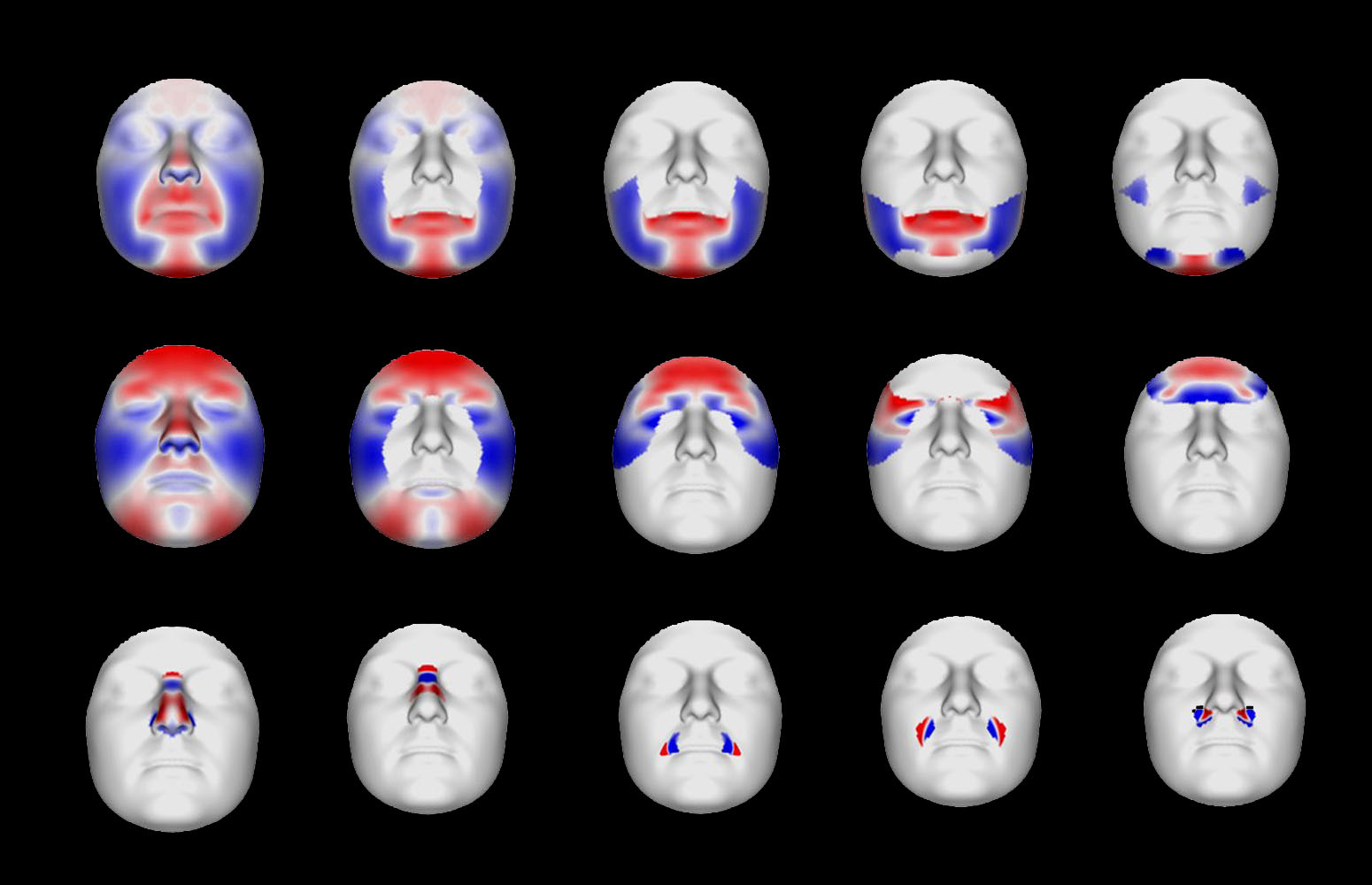The group led by UPV/EHU professor José Luis Vicario has developed a methodology to desymmetrize certain molecules and obtain a type of molecular asymmetry that opens the door to new structures unprecedented in nature and which could be used as therapeutic agents. The journal Angewandte Chemie reports on this discovery and the contribution it makes to one of the theories relating to the origin of life.
Developing a methodology that breaks molecular symmetry and would back one theory about life’s origin
By breaking molecular symmetry the Metal Catalysis and Organocatalysis Research Group of the University of the Basque Country (UPV/EHU) has achieved new structures unprecedented in nature
- Research
First publication date: 23/10/2024

The vast majority of organic molecules (based on a carbon structure) are not flat, they have a three-dimensional geometry. Various results can be obtained depending on the way the atoms are arranged inside each molecule. In some cases, a molecule and its mirror image may have completely different properties; we are talking about two symmetric molecules that have the same relationship that an object has with its image in a mirror.
Let's use the comparison of hands to explain it: our hands are mirror images of each other; one may think that they are identical. However, when one hand is placed on top of the other (not in a palm-to-palm arrangement, but with one hand overlapping the other), the position of the fingers is not the same. The same thing occurs with certain molecules: the organisation of the atoms does not coincide. Each of the mirror images of a molecule that are not superimposable is called an enantiomer.
“In nature and in pharmacology there are multiple examples in which the two enantiomers have different properties. A case in point is thalidomide (a drug administered as a sedative and to relieve nausea during the first three months of pregnancy and which caused thousands of cases of congenital malformations). One of the enantiomers of thalidomide has analgesic properties and the other causes malformations,” explained Efraim Reyes, a UPV/EHU PhD holder. “This is because therapeutic targets do not interact in the same way with one enantiomer or the other. So it is essential to control the synthesis of these types of molecules in order to obtain only one of the two enantiomers.”
The Metal Catalysis and Organocatalysis Research Group led by UPV/EHU professor José Luis Vicario has succeeded, in collaboration with the Rovira i Virgili University, in selectively constructing one of the two enantiomers of a group of cyclobutanes (molecules that basically contain carbon and hydrogen atoms, connected in the form of a ring).
A UPV/EHU pre-doctoral researcher Josebe Hurtado has been able to “synthesise molecules with an elusive asymmetry using a novel methodology that opens up a new path towards a hitherto unattained type of molecular structure, which could potentially be used as drugs, among other things.” “By means of a desymmetrization process that breaks the planar symmetry, we have converted them into elementary synthetic blocks of more complex molecules,” explained her thesis supervisor Efraim Reyes, one of the lead authors of the work.
This group at the UPV/EHU's Faculty of Science and Technology has succeeded in synthesising intrinsically asymmetric cyclic molecules (in the form of a ring) by means of catalysis. “Using small quantities of a catalyst derived from copper, an abundant, innocuous metal, we developed an efficient, direct methodology,” pointed out the UPV/EHU Professor of Organic Chemistry. This discovery, and the study of the scope of the methodology, has been published recently in the prestigious multidisciplinary journal Angewandte Chemie.
This achievement addresses a current major challenge and an area of research of growing interest. “We have managed to synthesise molecules with axial asymmetry (supported on an axis), which is unprecedented in nature and which opens the door to the study of a new type of molecule, which can also be used to develop new therapeutic pathways,” added Vicario. Furthermore, by strictly controlling the reactions, “we have broken the planar symmetry to convert it into axial asymmetry and then into point asymmetry (supported on a point),” explained the UPV/EHU professor. This shows “that there is a real possibility that biomolecules with asymmetry may also have a shared origin”.
Spontaneous desymmetrization, the origin of life
This finding is reminiscent of one of the theories relating to the origin of life, which is based on the assumption that the molecules that gave rise to life were formed through the spontaneous desymmetrization of symmetry. “According to one of the widely held theories about the origin of life, there were only symmetrical molecules originally and that asymmetrical molecules emerged through a process of spontaneous desymmetrization; they obviously constitute the origin of life, because our entire organism and living systems are based on biomolecules that are asymmetrical and only contain one of the two enantiomers,” Reyes concluded.
Additional information
This research was carried out within the framework of Josebe Hurtado's PhD thesis and in collaboration with the research group led by Elena Fernández, professor at the Rovira i Virgili University.
Dr Vicario lectures in the Master’s and Doctoral Programme in Synthetic and Industrial Chemistry, and is lead researcher of the Metal Catalysis and Organocatalysis Research Group in the Organic and Inorganic Chemistry Department of the UPV/EHU’s Faculty of Science and Technology.
Bibliographic reference
- Cu-Catalyzed Enantioselective Borylative Desymmetrization of 1-Vinyl Cyclobutanols and Axial-to-Point Chirality Transfer in a Diastereoconvergent/Stereoretentive Allylation Scenery
- Angewandte Chemie International Edition
- DOI: 10.1002/anie.202411232




